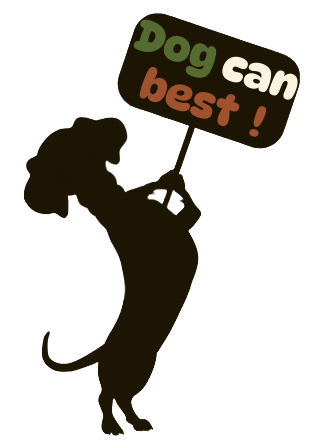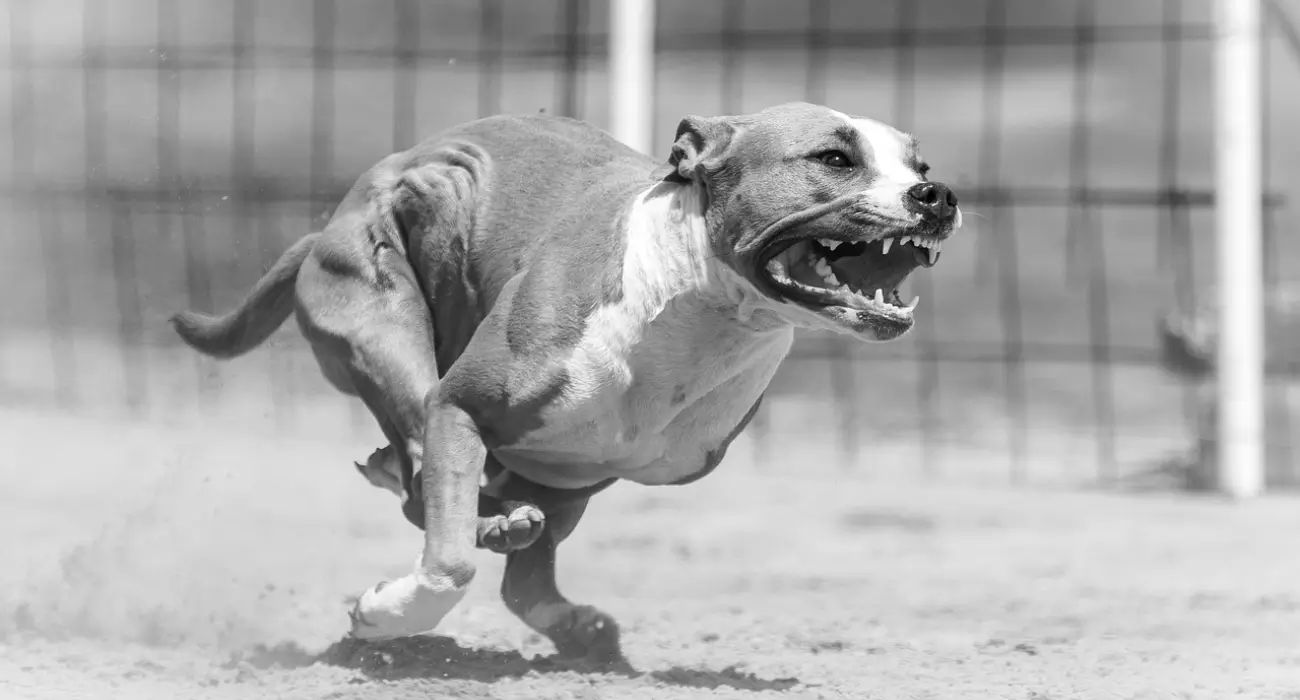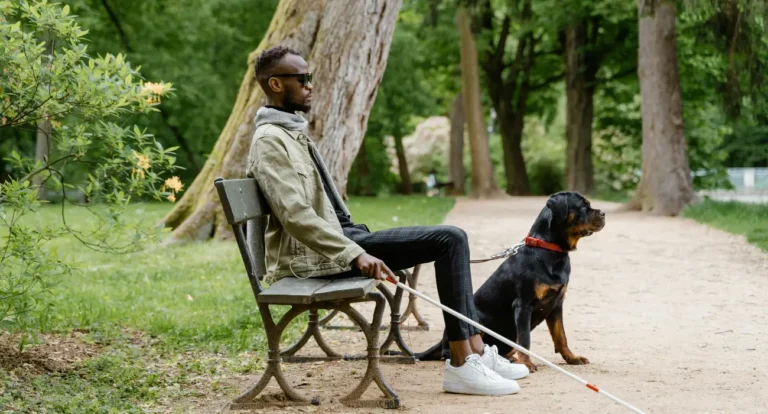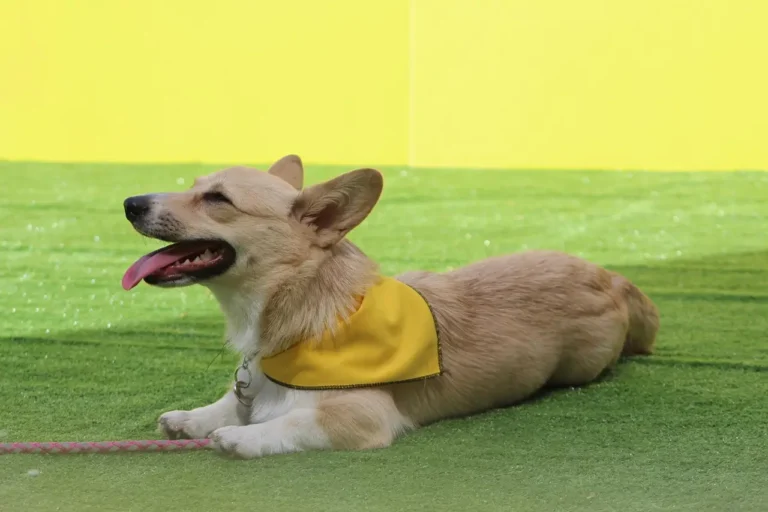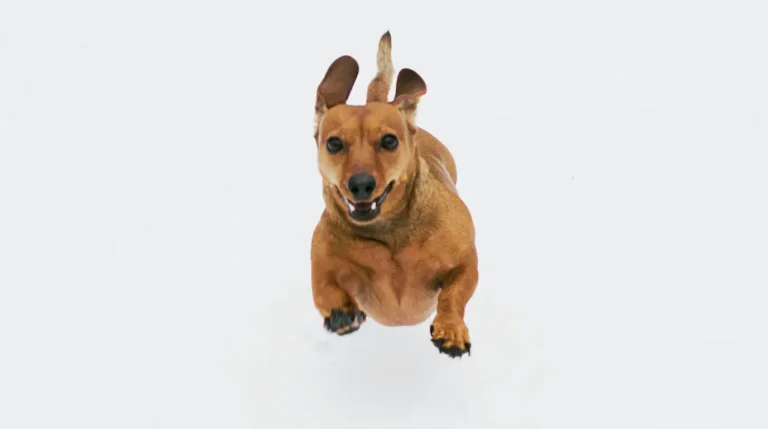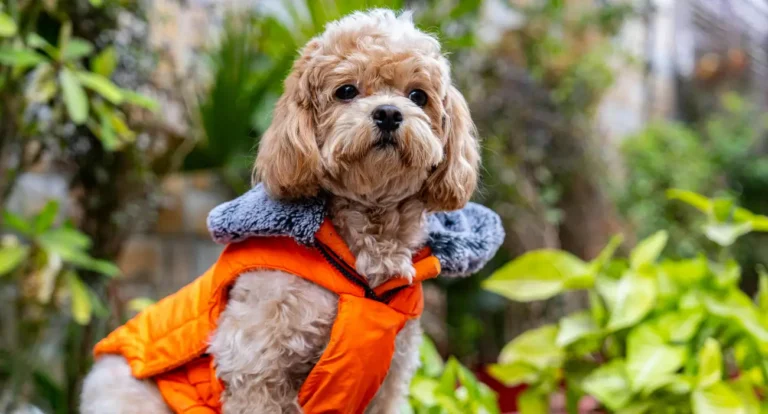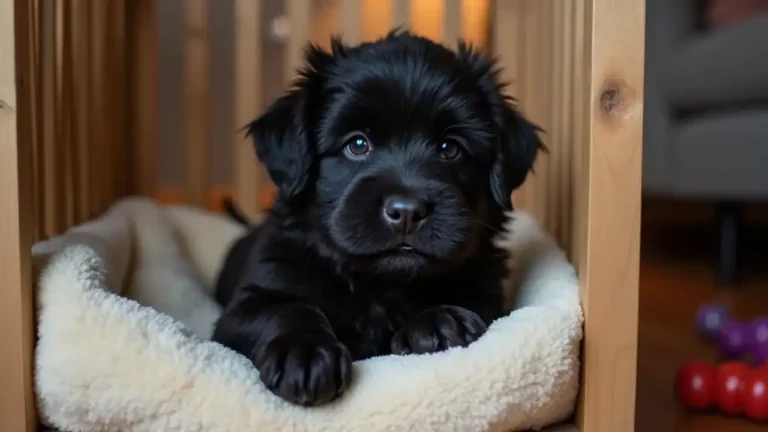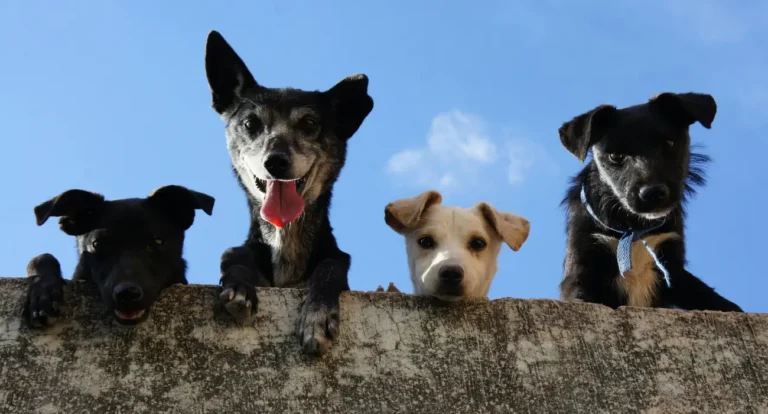5 Proven Steps for Reactive Dog Training | Transform Your Dog’s Behavior!
If you’ve ever found yourself in the situation where your dog lunges at another dog, barks constantly at a stranger, or reacts fearfully to a sudden noise, you are certainly not alone. Working with a reactive dog can be difficult, but it also can be an opportunity to strengthen your bond through understanding and training. This guide will offer you real-life techniques and strategies to assist your dog’s reactivity while helping your dog stay calm and focused, improving your dog’s life as well as your own.
Table of Contents
Understanding Reactive Dog Training:
What is Dog Reactivity, its Causes, and Common My the Reactivity in Dogs refers to an excessive respons to a specific stimulus. Unlike agression, which can often be seen as a proactive behavior, reactivity is triggered by fear, frustration, or overstimulation.
Common triggers include: Other dogs Strangers Loud noises Moving objects, such as bicycles or cars
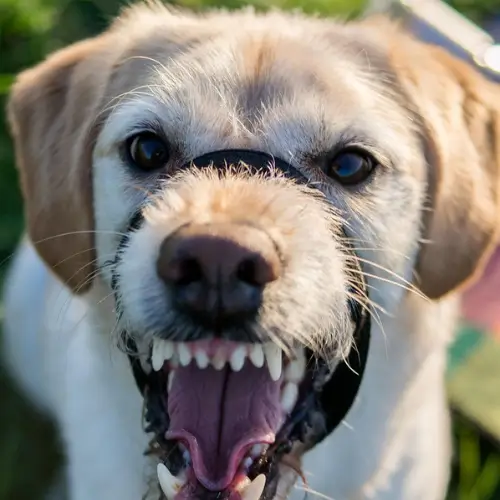
Common Causes of ReactivityFear:
The dog lacked socialization during critical developmental periods.
Previous Trauma:
The dog had a bad experience in the past, such as being attacked by another dog.
Genetics:
The dog is predisposed to being more sensitive certain breeds and dogs are more prone to this behavior then others.
Misunderstandings regarding Reactive
Dogs Reactive dogs do not just exhibit aggression. Reactive behaviors are indicative of stress or fear, not aggression or bad behavior. Reacting does not make a dog a bad dog or mean he cannot be helped- it just means the dog needs help and support so it can feel safe and confident. Identifying Reactive Behaviors in Your DogA person’s ability to recognize reactive behaviors in their dog should be based on their knowledge of body postures and language.
Body Language: Some signs include tension in the overall posture, the ears moving back, and the tail being lifted or stiffened.
Behaviors: Consist of growling, barking, lunging, or freezing.Common TriggersStart observing wherever you are with your dog. Is your dog more reactive on a busy street?
Does your dog react negatively to visitors in your home?
You may record your observations as you make the observations to help inform you what direction to go in training.Warning Signs Reactivity can sometimes ramp up over time. You may see some subtle behavior changes before getting to an overall reaction. You may notice your dog becomes more vigilant, returns to pacing, or begins to pant excessively.
These signals could indicate a stress response prior to a full reaction.Breed Related Reactivity While all dogs can experience reactivity, there are breeds that may be instinctively more likely to react and that is because they typically exhibit more energy levels; herding dog breeds, terrier breeds, etc. Knowing your breeds instincts may help you to prepare your training for triggers and you dog’s reactivity.
Fundamental Principles of Reactive Dog Training
When training a reactive dog, you want to have patience, consistency, and reinforcement. Here are three fundamental principles you can use:
Positive Reinforcement-Based PrinciplesUse higher value treats, or teach your dog to work for its favorite toy when it is calm.
Utilizing clicker training helps dogs mark the accepting behavior they should be rewarded for. Avoid doing things that might be seen as punishment, and understand this will increase fear level to a dog and lead to further reactivity and behaviors.
Desensitize and Counter-Condition
Desensitize means getting your dog used to various triggers by introducing them in a way your dog can still feel relatively safe (Ex. all levels of distractions at a distance that does not bother your dog).
Counter condition means helping your dog feel good again:
by rewarding them when the trigger occurs (Ex. reward them with treats or praise after or while a trigger occurs. If your dog reacts to another dog, reward it for being calm when it is 50 feet from them. Continue to reward your dog while the dog remains millible, and as you work on the dog being calm that distance can decrease over time).
Managing our environment and triggers for reactive dogs Walk Areas with Less Distractions Use No Pull Harnesses (or collars) for control over your reactive dog Keep blinds or curtains closed for what visual distractions may cause Create a RoutineSetting a routine in a dog’s life is going to help if they are reactive.
Routines such as regular feed times, classes, routine walks, when the dog gets their toys, and then even some routine when it will get to practice being around other dogs will and does add a sense of security to a dog life.
Practical Training Techniques for Reactive Dogs When you’re training a reactive dog, consistency is crucial. Here are some step-by-step approaches to try!Leash Reactivity
Training: Step by StepTeach the “Look at Me” cue and redirect the dog’s attention to you, in effect, providing a change of focus.Utilize U-turns, to redirect the dog while under stress or whilst experiencing reactivity.Practice loose-leash walking, this will reduce the intensity of walking on a leash, as well as build confidence.
Creating a positive walking ritual Start each walk in a calm place.Provide sniff breaks on the walk, of course, dogs enjoy ventilation and since as well as giving the dog time away from stress or a stimuli, it provides the dog with a different focus. End walks on a good note, rewarding them for exhibiting calm behavior.
Managing your dog’s reactivity inside of the homeCalming aids like a thunder shirt or calming diffuser creates a calmer world inside of your home.Relaxation exercises teach your dog to settle on their mat you provided for them and reward them when they do. Crate Training when under distress or during a reactivity situation, make sure the crate is a safe space for the dog, and consider introducing the crate as an option during a time that does not incur stress or punishment.
Homemade High-Value Treat Recipes
| Ingredient | Amount | Instructions |
| Cooked chicken breast | 2 cups | Dice into small, bite-sized pieces. |
| Sweet potato | 1 medium | Boil, mash, and combine with chicken. |
| Oats | 1 cup | Add to the mix for texture. |
Utilizing Play to Support Confidence
You can start by playing tug-of-war or hide-and-seek in your backyard to foster trust or attachment.
Games extremely help redirect energy and reduce stress or anxiety and boredom. Likewise, toys like tug toys, toys that make noise, and toys that allow you to throw are a great way to get the dog to play and relieve anxiety.
The benefits of Predictability An environment that is predictable helps an anxious or reactive dog feel in control. Even in the first stages of training, hoping for a change from an anxious or reactive dog may mean you are up for disappointment. Predictability not only means avoiding sudden changes, but also that you will introduce new subs gradually, not all of a sudden. Predictability helps in the development of resilience over time, by constantly assessing a situation before reacting or regaining control when need be.
Tools and Equipment for Support Training Basic ToolsHarnesses or Head Collars provide you with better control when walking your dog. Treat pouches are great (especially if you are using positive reinforcement) to enable you to readily provide rewards for the behaviour you are reinforcing.
Technology based TrainingTracking application:
Apps for your phone that allow you have tracking information documenting what your dog’s training progress from in from of recall to background distractions (not to be confused with the background as counter conditioning). Also remind you of ongoing training commitments.
Track a number of sessions during the week etc. Video recording for review: is it team to watch when you are trying to assess how to employ or why a particular methodology on practice does not work or the degree of correlation of your dog to your cues.
And yet, even if the training doesn’t work it is part of the process and with the value.Advanced Training Aids Remote training collar use is typically best left to experienced/ knowledgeable trainers with input from a professional dog trainer.
Training lines (not literally a leash), but like a training line introduced to practice recall in an open space.
Enrichment Tools Enrichment options:
Looking into puzzle toys or treat dispensing toys for mental enrichment or to fill a portion of your dog day to help with stress and boredom. Snuffle mats allow dogs to engage in foraging behaviours, their canine thrive on spending time looking for food and doing so provides of stress relief.
Progressive Strategies for Long-Term
Success Behavior Modification Plans Work with a certified dog trainer or behaviorist to create an appropriate plan.Take some time in a structured way to work on several specific triggers gradually.The Role of Diet and Exercise Be certain that your canine’s diet is such that it provides optimal health and energy levels.
Exercise on a regular basis can help expel pent-up energy that may contribute to reactivity or undesirable behaviors. Socialization Strategies Begin with exposure to appropriate dogs in controlled situations.Use calm well-mannered dogs as role models as you are working on socialization.
Increase the exposure gradually to new environments with good posture keeping your dog in their comfort zone.Training in High-Stress EnvironmentsPractice in to controlled low-stress situations in your dog’s natural environment before attempting to practice in more stressed environments.
Distress feelings can be reinforced in one session, such that you may have to backtrack to the beginning and start over.Try to keep sessions short to prevent overwhelm but always end on a positive note.
FAQs About Reactive Dog Training
What’s the difference between reactivity and aggression? Reactivity is an overreaction to triggers, often driven by fear, while aggression is intentional behavior meant to harm.
How long does it take to reduce reactivity? It depends on the dog and the consistency of training. Some improvements can be seen in weeks, while others may take months.
Can reactive dogs ever be “normal”? Yes, with proper training, many reactive dogs can learn to remain calm and confident in challenging situations.
What should I do if my dog’s reactivity worsens? Seek guidance from a certified dog trainer or veterinary behaviorist to address underlying issues and adjust your training plan.
Are certain breeds more prone to reactivity? Yes, herding breeds, terriers, and some working breeds may be more prone due to their energy levels and instincts.
How can I prevent reactivity from developing in my puppy? Early socialization, exposure to various environments, and consistent positive reinforcement can help prevent reactivity.
Conclusion: Building Trust and Confidence
Earning Trust and ConfidenceTraining a reactive dog is not only a process of development for the dog, but for you too. With better knowledge of triggers, and with the use of positive, consistent, and continuing training, you will build stronger bonds while getting to a good place with reactivity. Celebrate the small victories because progress takes time! Please don’t hesitate to seek help through a certified dog behaviorist if you need additional assistance.Start your journey today and watch your dog develop into a calmer and more confident dog. It just takes you doing your part!
